Bukit Batok has been thrust into the spotlight, thanks to the upcoming by-election.
Part of the much larger Bukit Batok Town, Bukit Batok SMC is just one district area amongst others -- the rest include subzones like Bukit Gombak, Hillview, Guilin and Toh Tuck. (FYI, if you’re still confused about where the SMC is, check out this helpful map to pinpoint its location.)
Recent chatter about this otherwise low-key neighbourhood has mostly centred on its now infamous ex-MP (and, uh, his rumoured lady friend).
But beyond that, how much – and what else – do you know about Bukit Batok?
1. What’s in a name
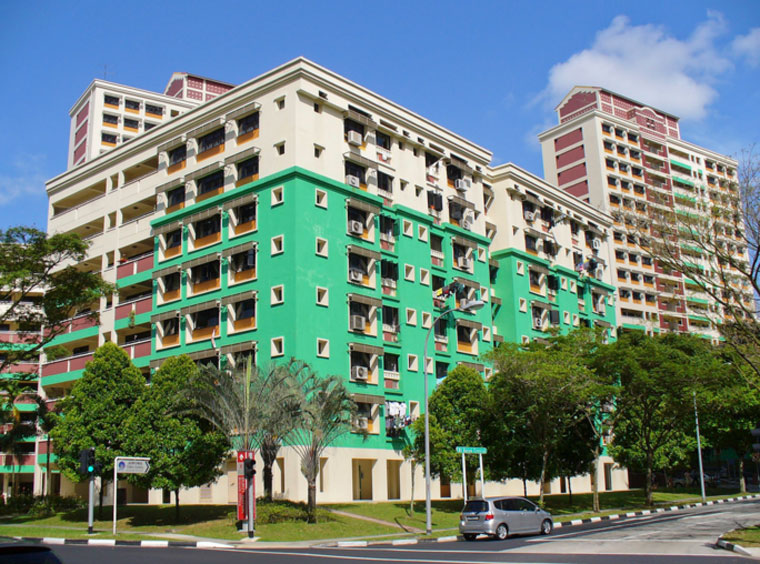 Photo via Gaurav Vaidya Flickr
Photo via Gaurav Vaidya Flickr
Bukit refers to “hill” in Malay. Batok, on the other hand, has several interpretations. One account goes that coconut trees used to grow on hills in the area, and the Javanese term for coconuts is "batok", hence the name.
The other more popular version told of how blasting sounds from the nearby granite quarry of Little Guilin sounded like the hill was coughing. Since batok meant “coughing” in Malay, that was how Bukit Batok came to be known as “Coughing Hill”.
2. Japanese war memorials
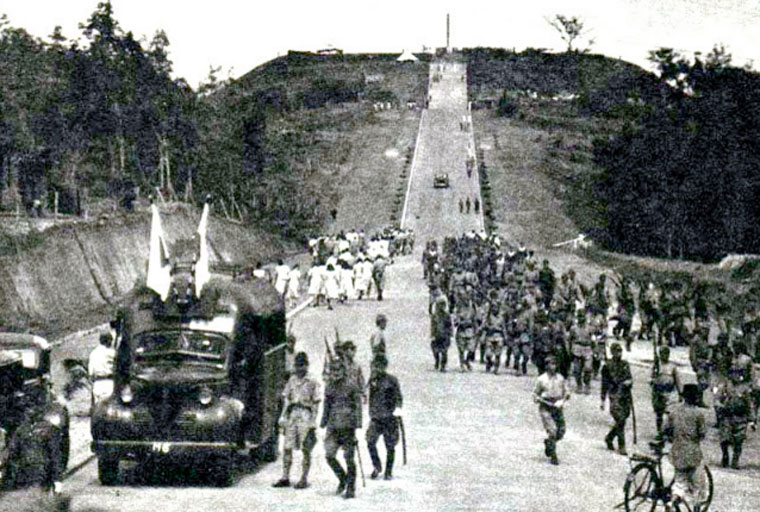 Photo via ijamestann.blogspot.sg
Photo via ijamestann.blogspot.sg
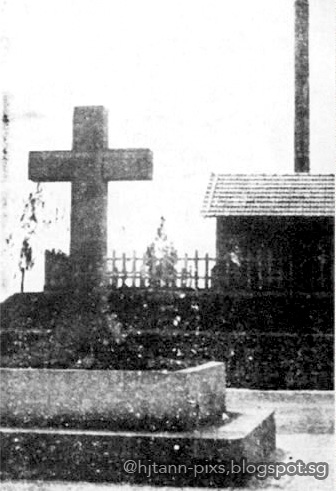 Photo via ijamestann.blogspot.sg
Photo via ijamestann.blogspot.sg
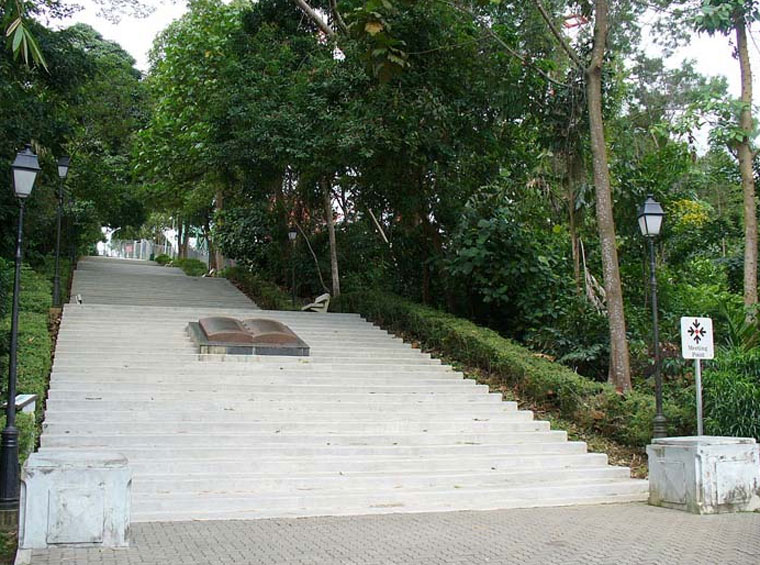 Photo via Wikipedia
Photo via Wikipedia
Bukit Batok Hill (present-day Bukit Batok Nature Reserve) was once the site of two war memorials -- the Syonan Chureito and the British Memorial Cross. Its location was symbolic because it overlooked Bukit Timah, which saw some of the fiercest fighting between Japanese and British forces. It was also near the Ford Motor Factory where the British surrendered to the Japanese.
Some 500 British and Australian prisoners of war built the 12-metre high Syonan Chureito, which honoured the Japanese war dead during the battle for Singapore.
“Chureito” meant the “sacrifice made by the fallen soldiers”. Behind the wooden memorial was a small hut where ashes of those killed in the Battle of Bukit Timah were kept. The British Memorial Cross on the other hand, was a much smaller structure located behind the Syonan Chureito. It was a 3-metre high cross where ashes of some of the British war dead were laid.
Both monuments were unveiled on the same day -- Dec. 8, 1942 -- to coincide with the first anniversary of the commencement of the Pacific War and “liberation” of Southeast Asia. When the Japanese Occupation finally ended in Singapore, local Japanese forces destroyed the Syonan Chureito and removed the cross.
Today, all that remains at Bukit Batok Hill are two short pillars and a long flight of steps leading to where the memorials used to be.
3. Singapore’s first TV transmission tower

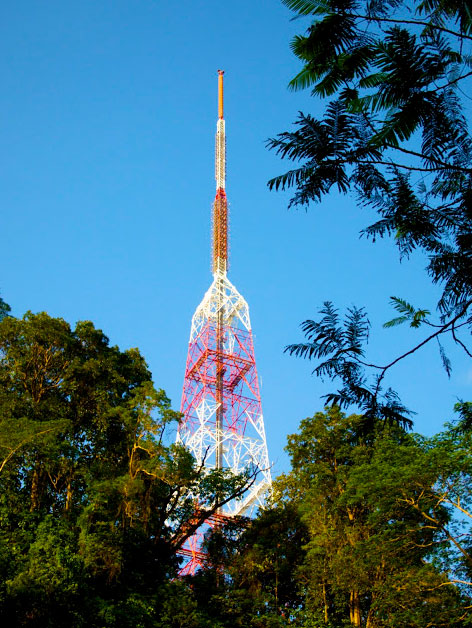 Photo via ijamestann.blogspot.sg
Photo via ijamestann.blogspot.sg
Feb. 15, 1963, was a momentous day. It marked the official start of television broadcasting in Singapore. The inaugural broadcast began with the playing of the national anthem, Majulah Singapura, and then-Minister for Culture S. Rajaratnam became the first person to appear on national TV when he announced in a televised speech that “tonight might well mark the start of a social and cultural revolution in our lives”. A short documentary called “TV Looks”, produced by Singapore’s first TV station called Television Singapura, was aired after that.
But all this could not have happened if not for the very first TV transmission tower built in Singapore -- the Bukit Batok Transmission Tower.
Located atop Bukit Batok Hill, where the war memorials used to be (see #2), the transmission tower delivered TV shows and endless hours of joy to homes all across Singapore. Today, the original tower is no longer functioning and in its place is the Bukit Batok Transmission Centre run by Mediacorp.
4. Bukit Batok inspired a poem
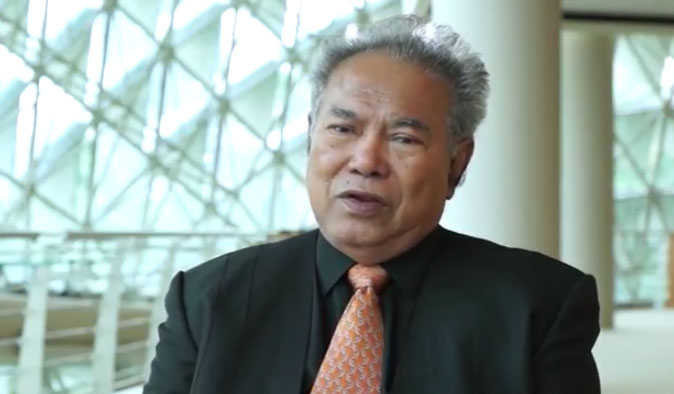 Photo via
Photo via
Bet you didn’t realise that Bukit Batok had a poem written about it. This town certainly laid on the charm on one of Singapore’s pioneers of English literature, Edwin Thumboo.
Bukit Batok holds a special place in the distinguished poet’s heart -- his family lived here for three generations and his poem, “Evening by Batok Town”, which touches on themes of modernisation, is a poignant description of his memories of Bukit Batok.
5. An estate in Bukit Batok named after the English royal family
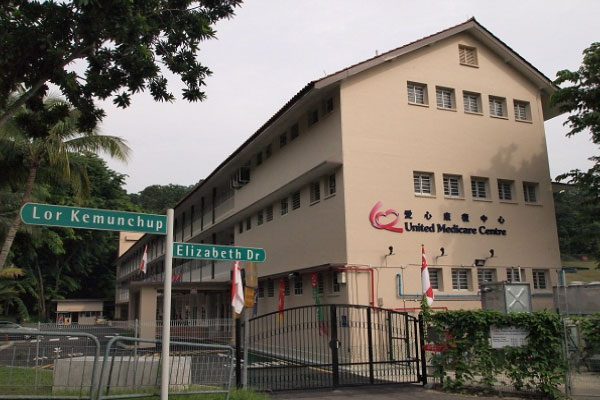 Photo via
Photo via
Located at Upper Bukit Timah beside present-day Hillview District, Princess Elizabeth Estate was built and named after Princess Elizabeth (now Queen Elizabeth) around the early 1950s, to commemorate her royal wedding to Prince Philip in 1947.
The Singapore Improvement Trust (SIT) built the 24-block estate, which had a mix of single-storey, three-storey and seven-storey flats. By the mid-90s, Princess Elizabeth estate ceased to exist and what remains of this estate today is the road Elizabeth Drive, and Princess Elizabeth Primary School, which has moved to Bukit Batok West Avenue 3 (its old campus is now occupied by United Medicare Centre).
6. The park that was almost not to be
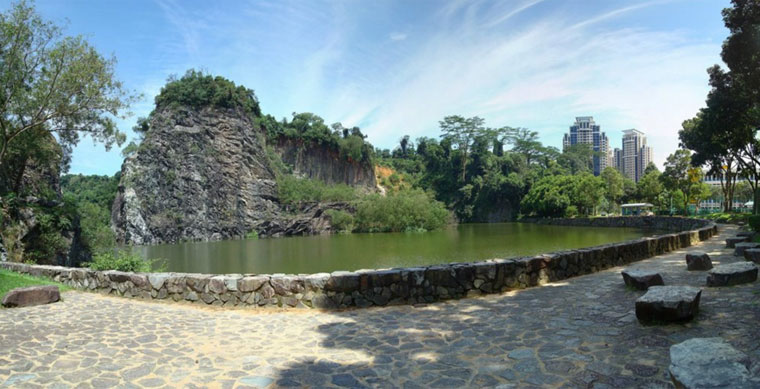 Photo via
Photo via
The scenic Little Guilin, so named because of its resemblance to granite rock formations in Guilin, China, is probably one of the more famous landmarks of Bukit Batok. But this popular nature spot, formerly known as Gammon Granite Quarry, almost did not make it.
By the mid-1980s, the quarry, which sits on one of Singapore’s oldest rock formations dating back 250 to 500 million years ago, was no longer in use. The authorities initially had plans to build a road over it, but there was a change of heart and it was announced that the site would be developed into a town park instead.
Today, Little Guilin is popular with exercise-goers, photographers, the occasional couple taking wedding photos, and once-upon-a-time, a filming hotspot for period dramas.
7. A tragic battle that few remember
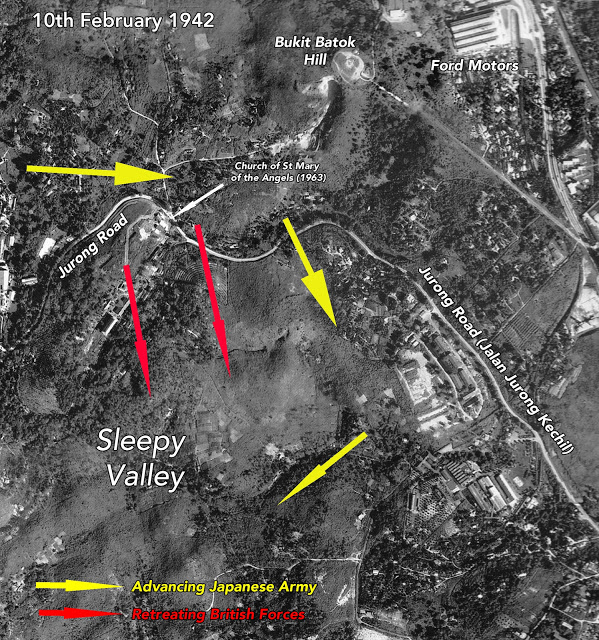 Photo via ijamestann.blogspot.sg
Photo via ijamestann.blogspot.sg
Sleepy Valley may not immediately ring a bell to most people. In Singapore’s history books, however, this old rubber plantation located in then-West Bukit Timah, was where one of the most tragic events of the war in Singapore happened.
When the Japanese crossed the Straits of Johor, they invaded Singapore via the western region. Knowing this, the British forces formed a defensive line called the “Jurong Line”. Unfortunately, this line did not hold, and the British were forced to retreat.
One group, the 15th brigade of British soldiers, was ordered to retreat towards Ulu Pandan via Sleepy Valley. Unknown to them, the Japanese army had already moved past Sleepy Valley and stationed themselves at the valley’s end to trap the retreating British soldiers.
That day, only 400 out of 1,500 British soldiers survived to escape to Ulu Pandan.
The rest were killed in Sleepy Valley -- today’s Toh Tuck and Bukit Batok areas.
If you like what you read, follow us on Facebook and Twitter to get the latest updates.
If you like what you read, follow us on Facebook, Instagram, Twitter and Telegram to get the latest updates.